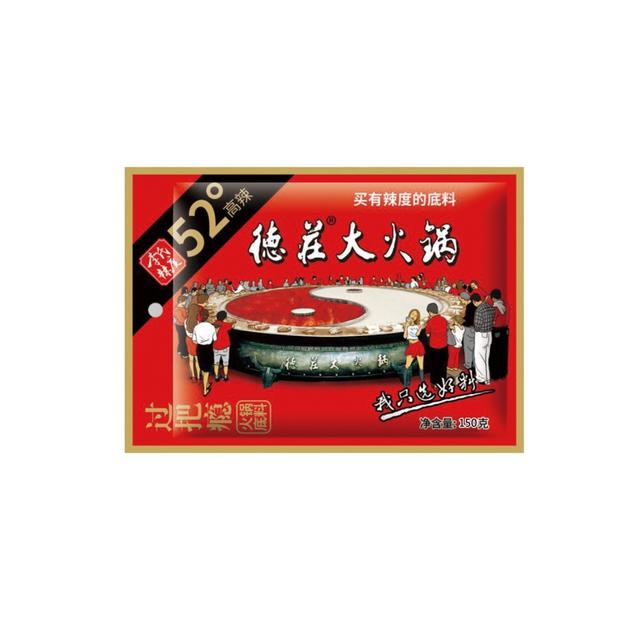英语形容词一般置于名词前面或be动词后面。如:
- a yellow balloon 一个黄色的气球
- She is beautiful. 她很漂亮
那是不是所有的英语形容词都可以放在be动词后面呢?
答案当然是否定的。那么哪些形容词只能放在英语名词前面,而不可以放在be动词后面呢?具体如下:
1. 数字 和 序数词,如first, last next等
用法:the first/next number(数量) adjective(形容词) noun(名词)
2.关于程度的形容词
- I don't have to work for the next four days. 接下来的4天我都不需要工作了
- That's the second large study on unemployment this year. 这是今年关于失业的第二大研究
这类程度形容词一般只能置于名词前面,包含:
absolute(绝对的)、complete(完全的)、perfect(完美的)、pure(纯的)、true(真正的)、real(真正的)、proper(恰当的)、utter(完全的)
3.时间或顺序形容词
- That's an absolute lie. 这完全是一个谎言
- 错误用法:
That lie isabsolute.- Lily has always been a true friend to me. 莉莉一直是我的真正朋友
- 错误用法:
My friend Lily istrue.这类形容词也不能放在be动词后面,包含:
former(前者), latter(后者),present(现在), future(将来) , old (老的,结识久的), early (早期的)
4.限制名词范围的词
- Her former husband had bought the house but she never liked it. 她前夫买了这套房子,但她从来都不喜欢这套房
- 错误用法:
Her husband was former…限制名词范围的词,也只能放在名词前面,而不能放在be动词后面,包含:
certain, main, major, only, particular, principal, sole, very, chief等
- The main reason why the cinema closed is because the building was too old and dangerous. 电影院关闭的主要原因是这个建筑太老旧危险了
- 错误用法:
The reason is main why the cinema…- That's the very tool I am looking for.(very = exact) 这就是我正在寻找的工具
- 错误用法:
That tool is very…#英语# #考研# #雅思考试# #大学英语四级# #托福#
,






